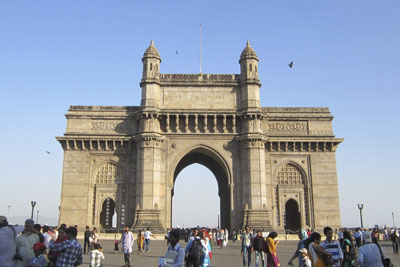23
 India’s new insolvency and bankruptcy code came into force last week, raising hopes that failing companies will be recognised and wound up much quicker in the future.Continuing its surprisingly rapid journey the last part of the code was adopted on December 1, after sailing through the country’s fractious parliament in May. While other pieces of legislation such as a goods and services tax are caught up in political squabbles between India’s main ruling and opposition parties, all sides have recognised that updating the bankruptcy regime is particularly important for the country’s banks.The previous regime comprised multiple statutes and forums, many of them arcane pieces of British law from the days of the Raj, that have made it extremely difficult for creditors to seek payment or foreclosure through the courts. Indeed, delays of more than 10 years are not uncommon, while the average time for an insolvency to be resolved is more than four years, compared to 18 months in the US and just one year in the UK, according to a client note written by Latham & Watkins lawyers Josef Athanas and Sally Mui.The World Bank ranks India’s insolvency regime 136th out of 189 countries in its Doing Business report, behind places such as Suriname and Kyrgyzstan.This broken system has resulted in a growing problem of bad debts within India’s banks as the lack of an effective insolvency process has created a reluctance to recognise such debts in a timely fashion.The issue came to the fore after the high-profile collapse of Kingfisher Airlines in 2013 with US$1.3 billion in unpaid debts, which led to a very public battle between founder Vijay Mallya, who was also a member of the upper house of parliament, and state-owned banks.The new code introduces a single piece of legislation aimed at resolving insolvency cases more quickly, and maximising the value of insolvent businesses’ assets through promoting reorganisation as opposed to liquidation. However, it is not a panacea.“Although the new code is a good start, to effect real change the government must follow up by establishing an infrastructure necessary to implement and enforce the code, otherwise creditors may continue to struggle in India,” say Latham’s Athanas and Mui.One aspect of the new regime is the role of insolvency professionals — independent specialists drawn from the ranks of lawyers, accountants and company secretaries, among others — who are incentivised to speed up the recognition and resolution of insolvent businesses.Bahram Vakil, one of the founders of AZB & Partners, recently became India’s first licensed insolvency professional in a major law firm.The new code will not help to resolve the existing problem of non-performing loans sitting on bank balance sheets, but it should help to slow down the future accumulation of such bad debts. By how much remains to be seen. |


